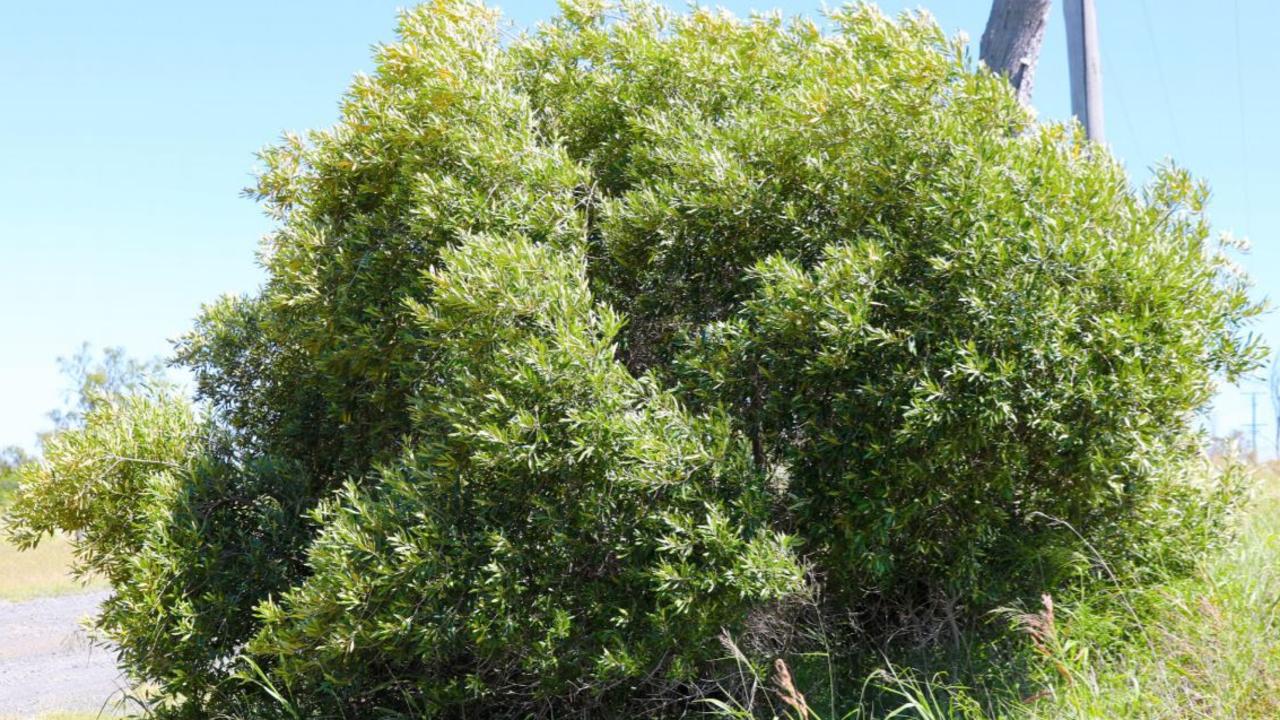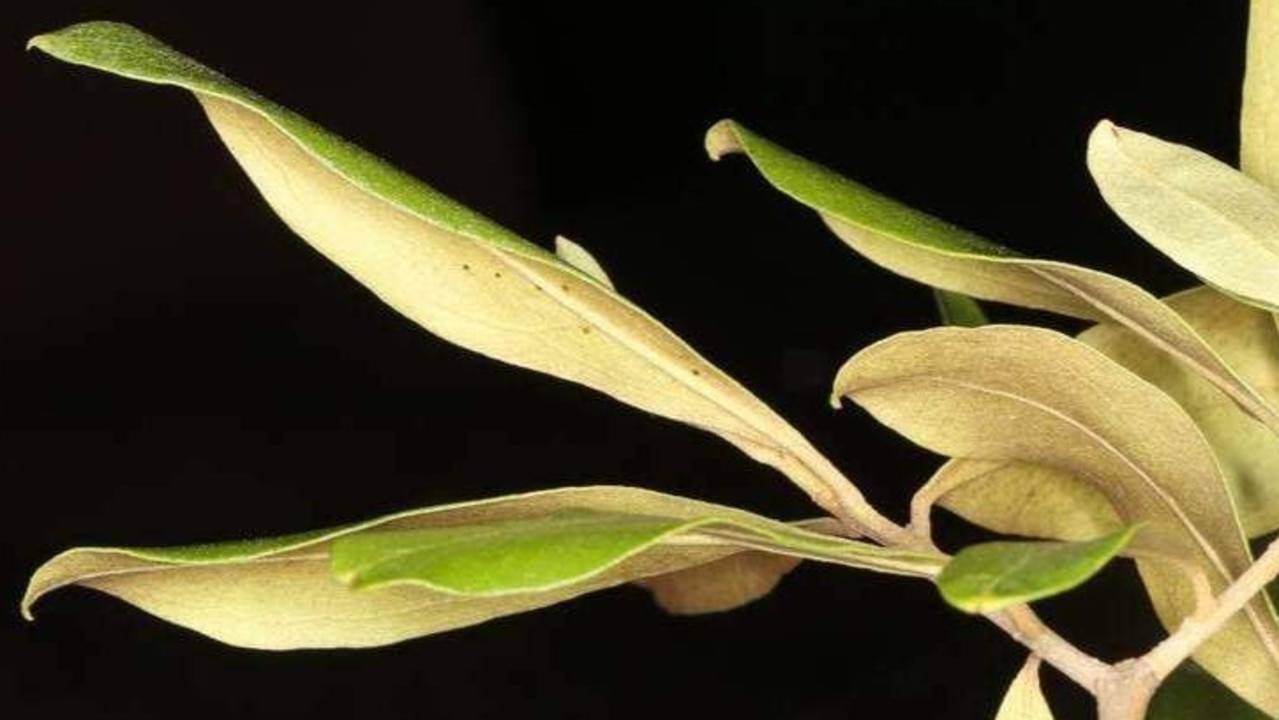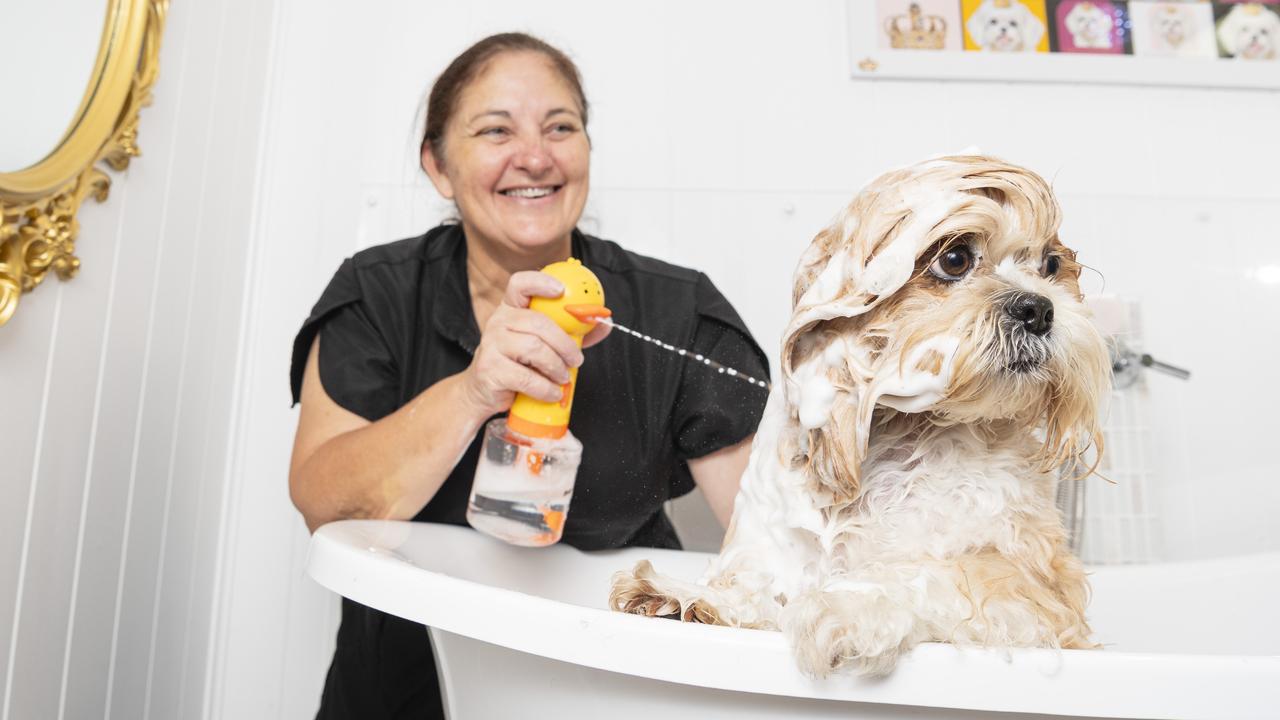Watch out for this invasive species around the Darling Downs
The Department of Agriculture and Fisheries is warning Darling Downs residents about African olive, an invasive tree that can harbour pests and diseases of commercial olives. Here’s how to spot them.

Toowoomba
Don't miss out on the headlines from Toowoomba. Followed categories will be added to My News.
The Department of Agriculture and Fisheries is warning Darling Downs residents to be on the look out for an invasive species called African olive.
African olive is an evergreen tree that can invade bushland, producing dense shade that suppresses native understorey plants, permanently changing plant diversity and harbours pests and diseases of commercial olives.
While the fruit does resemble that of the commercial olive plant, the fruit is not edible.
A DAF spokesman said it has been found in the Toowoomba area, with the potential to become widespread.

It’s a multi-branched shrub or small tree that can grow up to 10 metre high.
Leaves are oval, glossy green on top with yellow-brown underneath, 6-10 centimetre long, 1-4 centimetre wide.
Flowers are creamy-white with four petals, 2-4 millimetres in diameter that are joined into a very short tube at the base.
Local registered nursery professional and horticulturist, James Feez said African olive is a tall woody shrub, very closely related to olives that we grow for pickling.
“It can colonise an ecosystem via birds which distribute seed from the plants fruit. The best method of removal is cutting the shrub back to a stump and painting the stump with herbicide while the wound of the tree is still fresh,” he said.
Mr Feez recommended replanting acacia or callistemon as a native, fast growing alternatives.
If you see African olive give DAF a call on 13 25 24 or contact your local government.
For more information on this species, follow this link.






